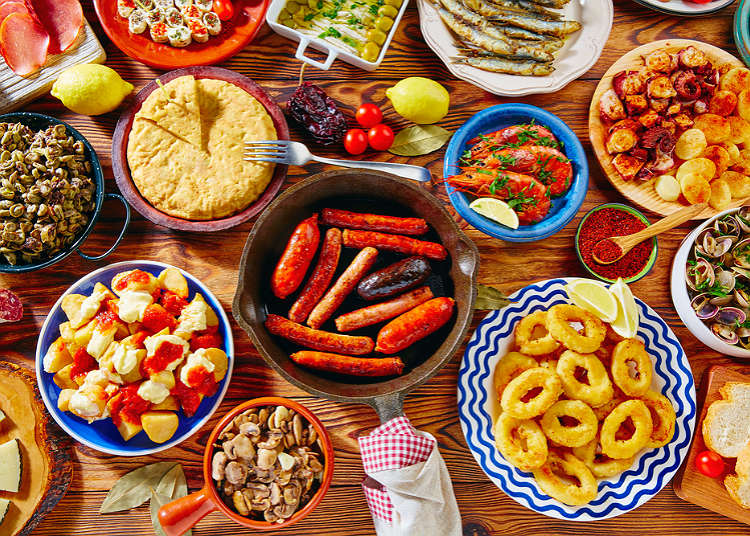
Spanish cuisine is what tourists say they like best about the country. In fact, in 2019 alone, more than ten million of the 84 million tourists who visited Spain did so purely to undertake a food-related activity. Despite the universal fame of Spain’s creative and cutting-edge cuisine, tourists who come to the country are attracted by its traditional fare, for example, widely-known dishes such as paella, gazpacho, cocido (stew), menestra (vegetable soup) and suckling pig.
This is hardly a surprise, given that less than 100 out of the 250,000 restaurants, bars and eateries in Spain focus directly on the most innovative types of cuisine.
It would be extremely beneficial for all chefs, both traditional and creative, to constantly praise and speak out about the high-quality products they use, raising awareness about them among their national and international clientele, and so achieve a greater knowledge of Spanish foods and a wider market for them.
The figures clearly show that food is one of the prime motivations for modern tourists and that the range of products on offer today is very diverse. Spain is reclaiming its heritage of popular and traditional cuisine, and also the need to preserve the habits and customs of its people and cities, as well as the fine dining served up in restaurants where great artists of the restaurant world ply their trade.
Good cooking is one of the features most frequently sought by tourists of the 21st Century. The country’s culinary offerings to tourists must, therefore, strike a balance between respect for traditional and popular cooking while also promoting fine dining and auteur cuisine, in order to satisfy curious and unconventional tourists who want an intensely enjoyable experience on every holiday.
The cultural and gastronomic inheritance of Spain makes its naturally-based diet a leading export which is recommended around the world. The Mediterranean Diet so characteristic of Spain was listed on the UNESCO World Intangible Cultural Heritage list in 2010.
The Mediterranean Diet, one of our country’s own, goes way beyond being a mere nutritional plan. It is a lifestyle that combines a way of eating which links traditional cooking to fresh products and a way of sharing meals and traditions, a moderate amount of daily exercise and a pleasant climate. The result is an excellent model for a healthy life that has gained international recognition.
In fact, in 2010 UNESCO registered the Mediterranean Diet on its intangible Cultural Heritage list.
The Mediterranean Diet is the result of an invaluable cultural inheritance, which through simplicity and variety, has resulted in a balanced and complete diet, based on fresh, local and seasonal products, insofar as it is possible.
It is characterised by an abundance of vegetable produce, such as bread, pasta, rice, vegetables, legumes, fruit and dried fruit and nuts. Olive oil is another essential ingredient, along with moderate consumption of fish, seafood, free-range poultry, lactose products (yoghurts, cheeses) and eggs. A moderate intake of wine and red meats is also included in the diet.
The benefits of the Mediterranean Diet, especially those related to health and the prevention of chronic illnesses are a scientific fact. The majority of the guidelines that the World Health Organization offers are in line with the Mediterranean Diet: an abundance of fruits and vegetables, moderation in salt and sugar, low levels of fat consumption and the use of fresh products.
What do you like most about Spain? The food?